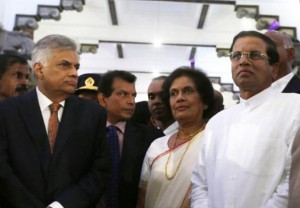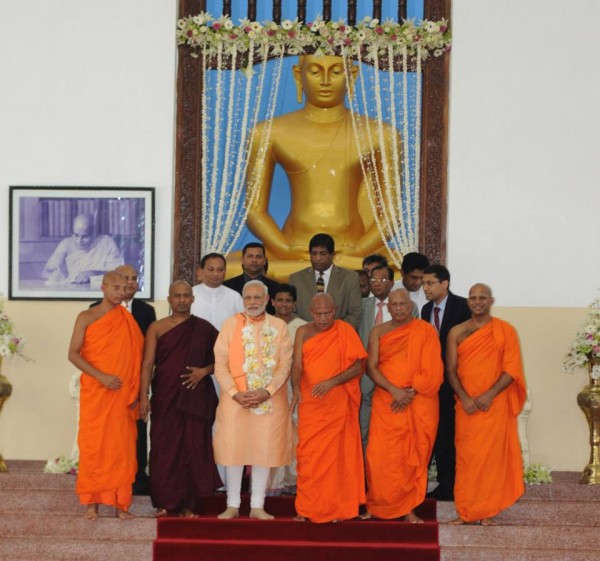By
Rasika Jayakody
Political analyst Kusal Perera, who was a close confidant of Mahinda Rajapaksa during the early 90s, draws parallels between the Sri Lanka Freedom Party now and the SLFP in 1991.

President Maithripala Sirisena
“Party Leader Sirimavo Bandaranaike, due to failing health, was not in a position to actively engage in political activities of the party. Bandaranaike, though she was the party leader, was not in total control over the Central Committee of the SLFP and her son, Anura Bandaranaike, was appointed as the National Organizer of the party and as the Opposition Leader in Parliament. Anura Bandaranaike too did not have total control over the Parliamentary group of the SLFP with one group attempting to promote Chandrika Bandaranaike Kumaratunga as the future leader of the appoint.
However, after Indrapala Abeyweera was killed by the JVP, Mahinda Rajapaksa, a Parliamentarian from the South, was appointed as an Assistant Secretary of the party. Knowing he could not deliver much with the Assistant Secretary post, Rajapaksa, developed a strong support base at the village level, outside the party hierarchy. This village level support was a key characteristic in Mahinda Rajapaksa’s politics,” Perera explained in an interview with a vernacular newspaper last weekend.
In fact, it was this strong grassroots level support base that elevated him to the positions of Opposition Leader, Prime Minister and President subsequently, especially when certain seniors of the party were blocking his way.
Similarly, today, President Maithripala Sirisena, who is also the Chairman of the Sri Lanka Freedom Party, does not have “full control” over the Central Committee or the Executive Committee of the party. Opposition Leader Nimal Siripala de Silva has still not received support from all the members of the Parliamentary group of the UPFA.
A group of Parliamentarians and Central Committee members of the party are on a feverish mission to promote Mahinda Rajapaksa as the Prime Ministerial Candidate of the party. However, unlike CBK in the early 90s, Rajapaksa has been rejected by the majority of Sri Lankan voters at the Presidential election which was held on January 08, this year. It is clear that in the present context the former President is not as marketable as CBK in the early 90s, as a fresh political icon.
Continue reading ‘President Sirisena Though SLFP Chairman Does not have full Control over Central Committee or Executive Committee of the Party.’ »













































































